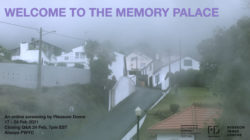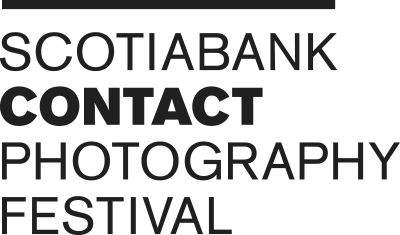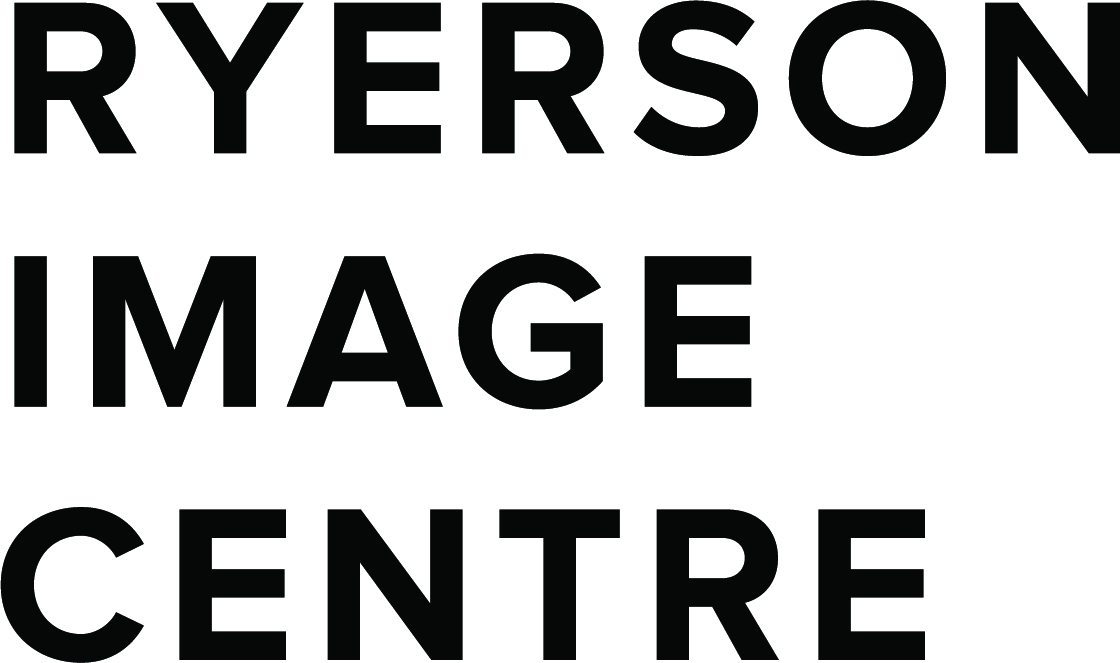Welcome to the Memory Palace
Welcome to the Memory Palace
Online Program
The Wind Sleeps Standing Up, Sharlene Bamboat (CND, 2016)
Enfant Effrayé, Madeleine Aimée (CND, 2020)
Faces Without Visage, Hesam Rahmani (Iran, 2019)
Terra Velha, Andrew Lima (CND, 2019)
Memory Room 451, John Akomfrah (UK, 1997)
SDtoHDuprezMaxV2_009.mp4, Anna Spence (US, 2018)
Caribou in the Archive, Jennifer Dysart (CND, 2019)
Cirkut /Canadettes, Sara Angelucci (CND, 2019)
Curated by Pleasure Dome Director Clare Samuel. This event is sponsored by CONTACT Photography Festival and the Ryerson Image Centre.
The closing Q&A Wednesday, Feb. 24, 7:00 pm EST will be moderated by Samara Chadwick. A mother, filmmaker, and independent curator, Samara has programmed films and conferences for Museum of the Moving Image, CIFF, RIDM, Goethe-Institut, Hot Docs, and the (Occupied) Berlin Biennale. Her debut feature, 1999 (Visions du réel 2018, Hot Docs 2018, BAFICI 2019), is a dreamscape documentary about memory, adolescence, and grief. Samara has a PhD in Cultural Studies and lives in New York and Nova Scotia.
Join Zoom Meeting, Feb. 24, 7:00 pm EST
https://us02web.zoom.us/j/
Meeting ID: 827 8552 5457
Welcome to the Memory Palace Q&A
Q&A
Q&A
Curatorial Statement by Clare Samuel
The memory palace is a mnemonic device, whereby one imagines moving through a familiar space, mentally associating pieces of information with objects or locations within it. This combination of images, movement, and architecture makes me think of the ‘dream palace’ a term used for the cinema, especially during its golden age. And it reminds me of the most memorable dreams I tend to have, which take place in buildings I’ve lived or currently live in, but within the dream they are transformed. There are secret rooms above the ceiling or below the floor; the walls are permeable; they change colours, or they are somehow simultaneously in both Canada and in the UK. Psychologist Carl Jung considered houses, in both dreams and life, as deeply symbolic of parts of the self. Certainly, when I have these dreams, the places do feel like part of me, even as they contain me, as I walk through their rooms and halls.
The building most associated with memory, and perhaps also national identity, is that of the archive. The root words for both architecture and archive relate to ‘the master’s house.’ Archives may be intensely personal or public and far-reaching, but they are always political. Which memory-objects, or memory-images, that cultures and individuals choose to preserve in these structures is deeply entangled with questions of both power and notions of selfhood. The films in this program explore memory and identity through the architectures of sleep, visual technologies, domestic and national homes, and the natural and virtual world.
Sharlene Bamboat’s The Wind Sleeps Standing Up plays with the way we construct a narrative of self from past experiences and present ideas, thoughts and preferences. A mixture of fact and fiction in the first and the third person both reveals and obfuscates an individual’s ‘biography.’ Footage shot by the artist in Pakistan over different years on several devices, explores both image technologies and human patterns of remembering. Enfant Effrayé by Madeleine Aimée also uses personal archival footage to meditate on identity, here the relationship between one’s childhood and adulthood. The filmmaker looks back on a period when she was both the happiest and the most terrified she’s ever been. Fuzzy, colourful home movie images dissolve into monochrome animations of the nighttime monsters she was visited by during a period of disordered sleep.
For many people, there is something terrifying about the loss of identity that follows from both aging and memory disorders. Faces Without Visage (dir. Hesam Rahmani) explores a son’s perspective on living with his father’s dementia, through the animation of family snapshots and a movingly poetic voiceover. As well as a loss of meaning for the sufferer, diseases like this can also erode the identities of family members and loved ones. Their own lives are taken over by the role of caretaker, and their faces and names no longer elicit the memories of shared experiences and feelings within this person who they used to know intimately.
The title of Andrew Lima’s film Terra Velha translates from the Portuguese as ‘Old Earth.’ The work meditates on the personal, cultural and geological memories held in the landscapes of the Azores archipelago. In these slow, dreamlike static shots that have the intensity of photographs gradually coming to life, ghosts and traces of the past are fleeting and powerful. National and personal histories are also at play in Memory Room 451, an early work by established British artist John Akomfrah, produced with the Black Audio Film Collective. The film is structured as a documentary in which a time-traveller interviews ‘old earth people’ about hair, desires, and experiences of diaspora. This dystopian future, where time-travel has become exploitative shift labour and dreams are harvested as entertainment commodities, raises questions about the relationship between history, memory, and appropriation.
Machine memory is often taken to be objective, an impersonal, straightforward recording of events. Anna Spence’s SDtoHDuprezMaxV2_009.mp4 imagines what happens when artificial intelligence begins to degrade, and has its own thoughts and feelings about the process. Caribou in the Archive by Jennifer Dysart also centres around the disappearing information on a recording device. In this case, videotape footage of a Cree woman who has hunted her first caribou. The artist rescues this fragment of indigenous self-representation through digitizing it, and questions how it compares to official Canadian histories and depictions of Northern Manitoba.
Sara Angelucci also explores the public and private memories and meanings of the archival image in Cirkut / Canadettes. She investigates a panoramic photograph of a chorus line that has hung in her hallway for many years, given to her partner by his aunt who had made their costumes. The work explores how this image is entwined with both individual recollections and complex histories of nation-building and appropriation by Canadian mid-twentieth century settler society. Somewhat paradoxically, the technology of the panoramic camera uses movement to create a static image, one that can hold more spatial information without distorting straight lines. But memory is never linear, stories of the past are never straightforward. And here our journey comes to an end. We gather our things, we collect our thoughts, and let the line of girls dance us back out of the Memory Palace.


